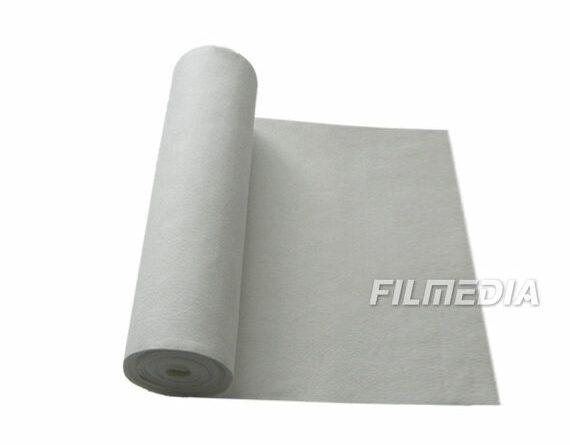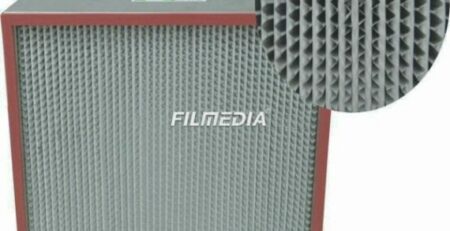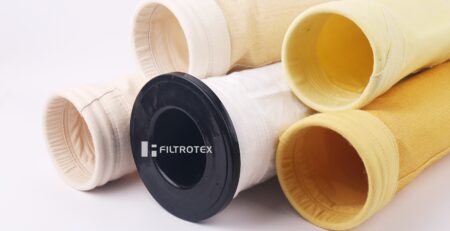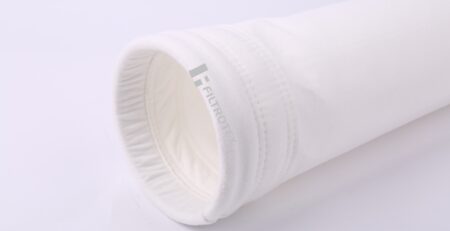Water and oil repellent filter material
Water and oil repellent filter material
Water and oil repellent mechanism: Water and oil repellency means that the filter material is not wetted by water or oil to a certain extent. In theory, whether liquid B can wet solid A is determined by the surface tension of the liquid and the critical surface tension of the solid. If the surface tension of the liquid is greater than the critical surface tension of the solid, the liquid cannot infiltrate the solid. On the contrary, the liquid surface tension is less than the critical surface tension of the solid, and the solid can be infiltrated. According to the above analysis, if you want the filter material to have water and oil resistance, its surface tension must be reduced to less than the surface tension of water and oil in order to achieve the desired goal. There are two methods for water and oil repellent treatment, one is coating layer, which is used to prevent the filter material from being soaked by water or oil. The other is a reactive type, which makes the water-repellent agent react with certain groups in the macromolecular structure of the fiber to form a macromolecular chain, change the affinity of the fiber and water and oil, and become a water and oil repellent type.
Compared with the conventional needle felt, the water and oil repellent filter material has the following characteristics:
1) Oil repellency: It can avoid the shortcomings of oily dust sticking to the bag and blocking the filter cloth.
2) Water resistance: It can eliminate water-soluble dirt or condensed water droplets to reduce the filtering capacity of the filter cloth.
3) Anti-adhesion: The dust attached to the surface of the filter cloth will not penetrate into the inner layer of the filter cloth, thereby improving the filtering performance.
4) Peelability: The dust can leave the filter cloth without intensive cleaning measures.




